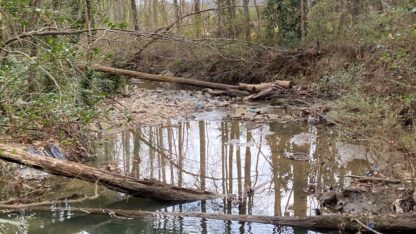Staff turnover is so high at Georgia’s Environmental Protection Division, the head of the agency says it’s almost an existential challenge.
High turnover rates are an issue at many state agencies, and the governor is proposing raises across the board. At a hearing on Thursday, EPD Director Richard Dunn told lawmakers those raises will help tremendously, but there’s still a long way to go to attract and keep staff.
“It’s not uncommon for folks to leave employment with EPD and receive at a minimum a 20% raise, but often double their salary,” Dunn said.
The Environmental Protection Division regulates industries to protect Georgia’s air, water and land. Some of the big issues it’s handling now include a proposal for a mine near the Okefenokee Swamp and how to deal with coal ash, a toxic byproduct from coal-fired power plants.
Dunn said much of the staff is trained in science or engineering. Low pay makes it hard to retain people and to replace those who leave for positions with private companies or with the U.S. Environmental Protection Agency, which has its Southeast regional office in Atlanta.







